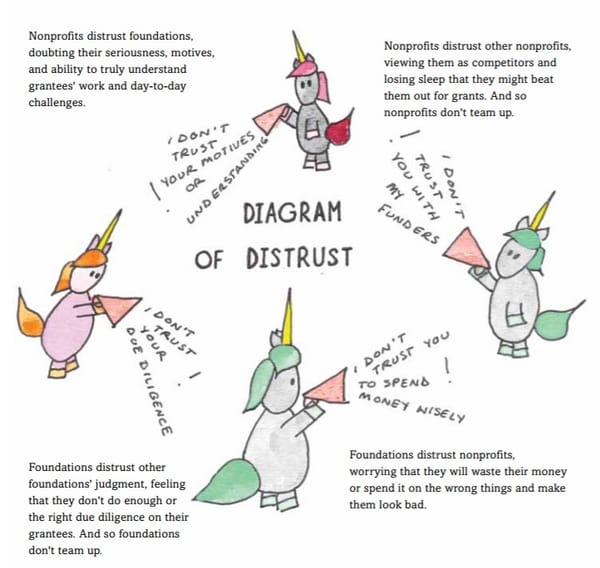Funder Relations
Foundations, it’s time to stop using grant applications to distribute funding
Hi everyone. Today’s post will be long and serious. But before we get into it, here are ways you can help victims of Hurricane Dorian. Also, my org RVC is growing and hiring a Capacity Building Lead. It’s an amazing position that combines capacity building and equity. Don’


